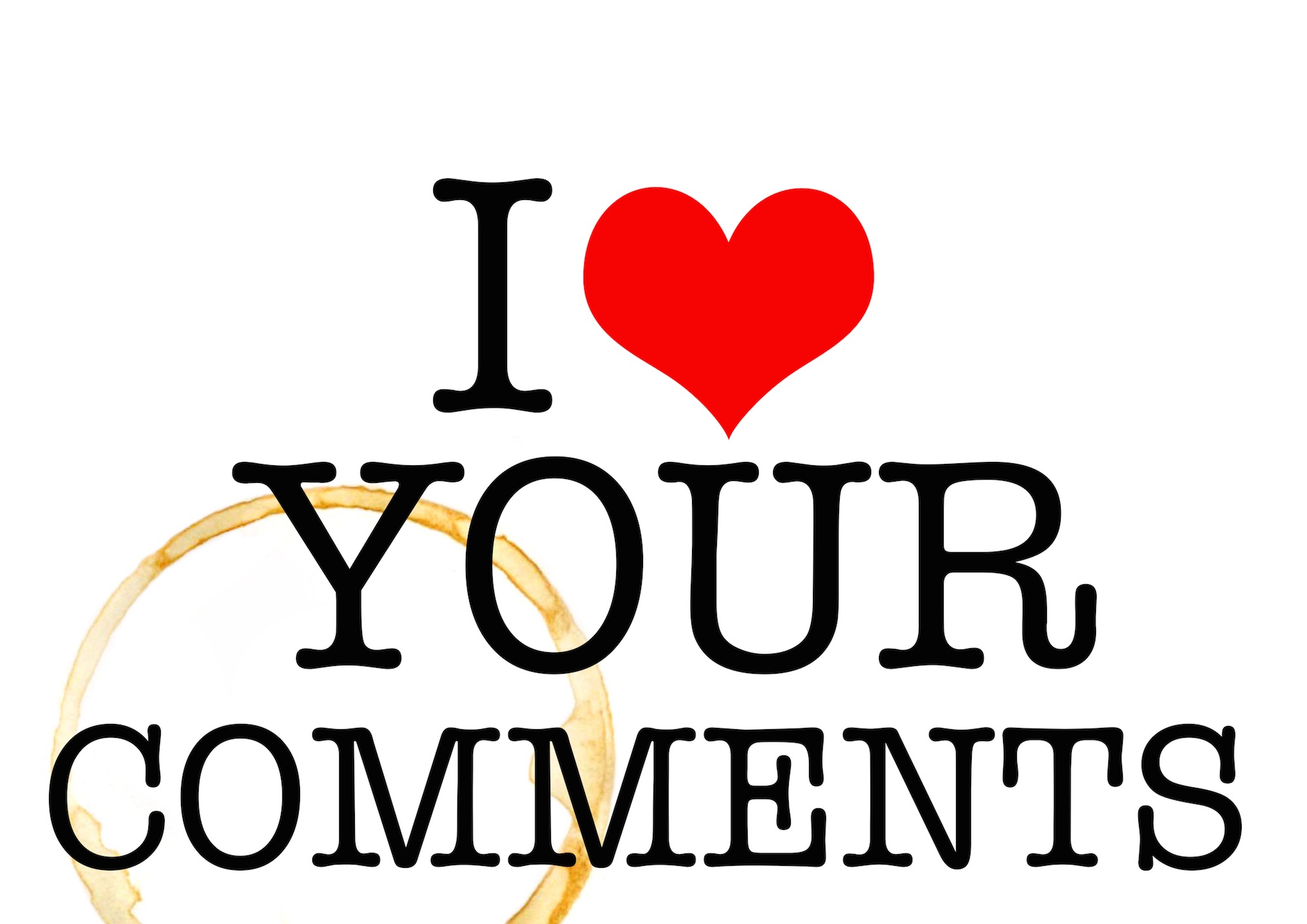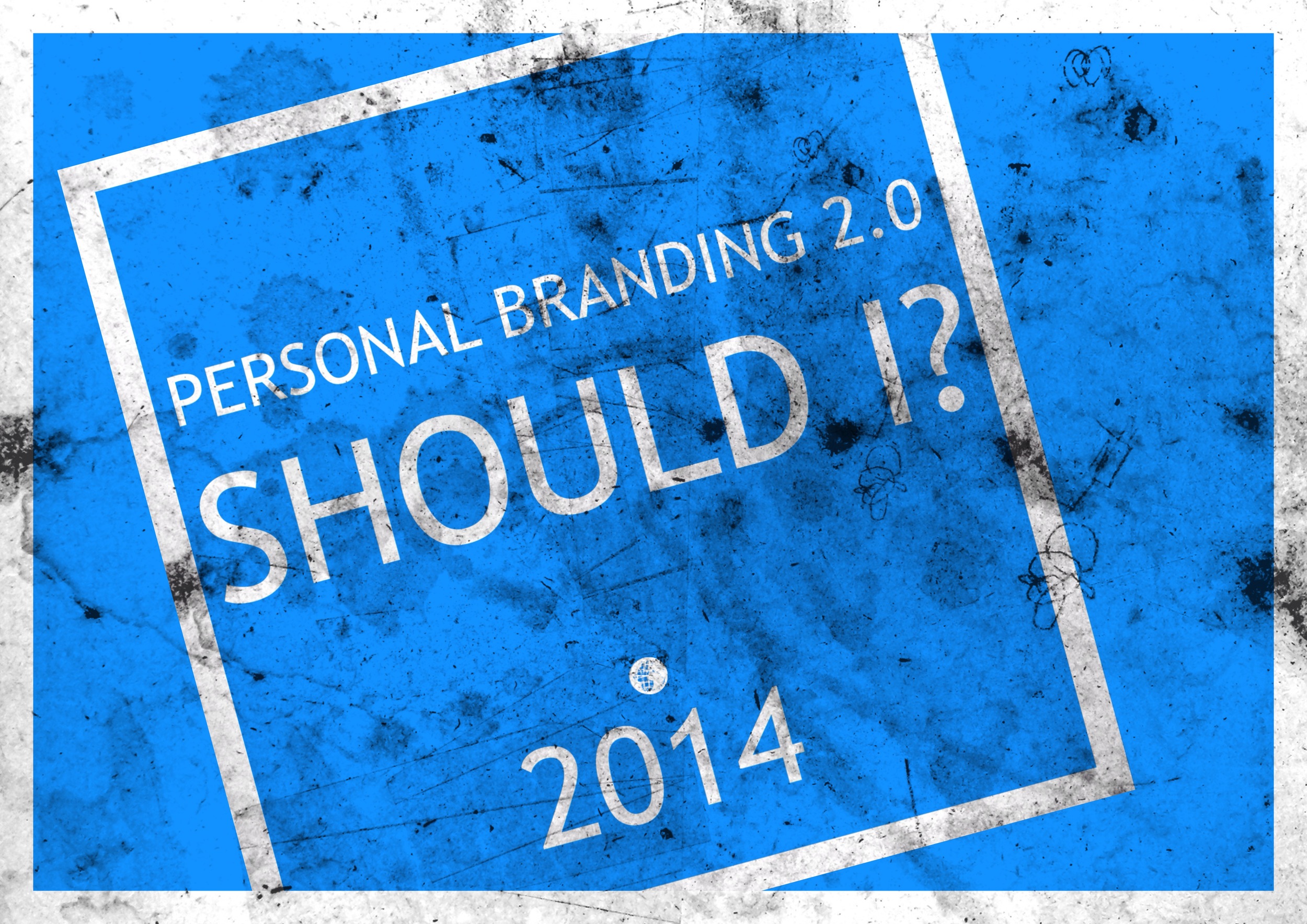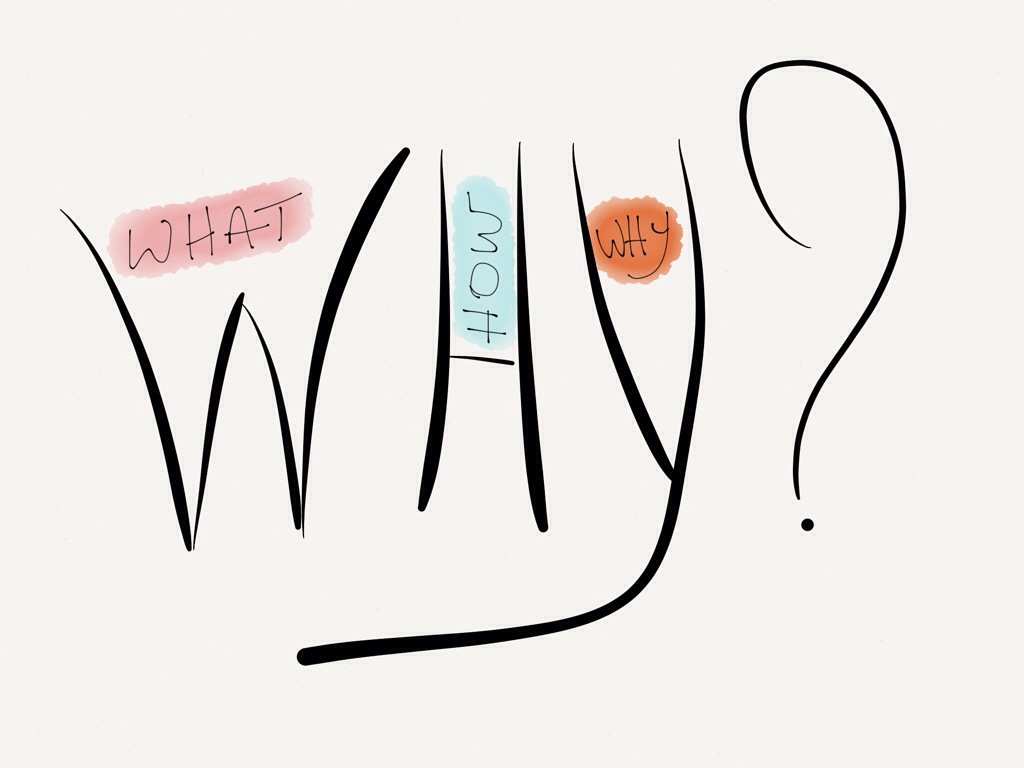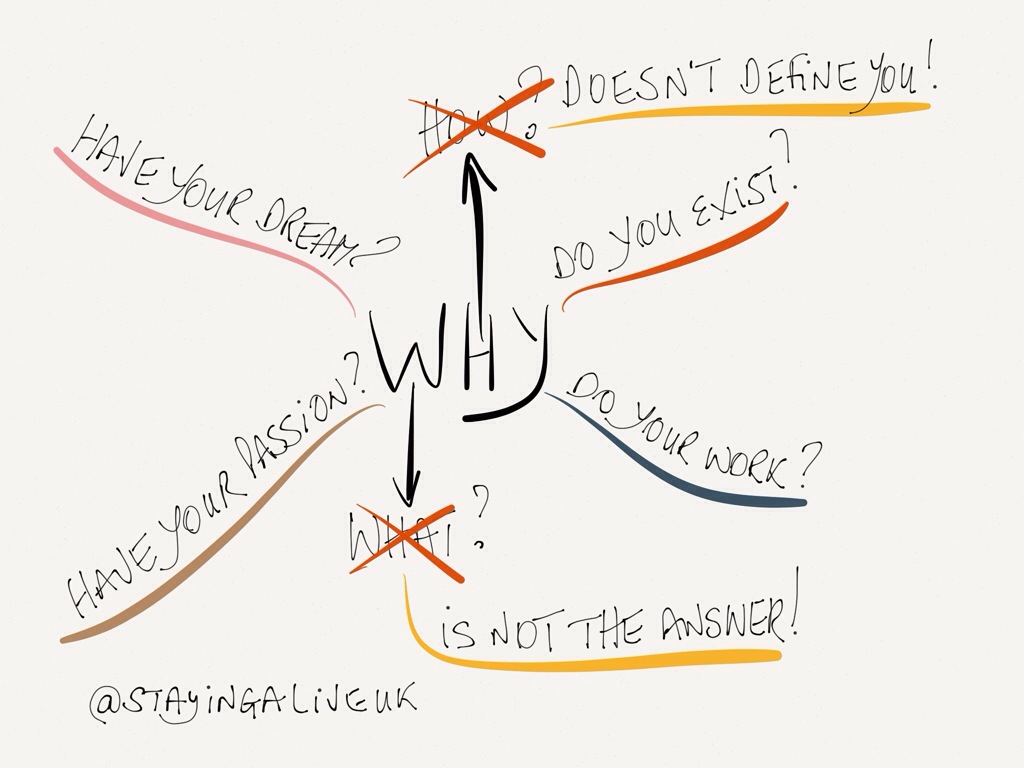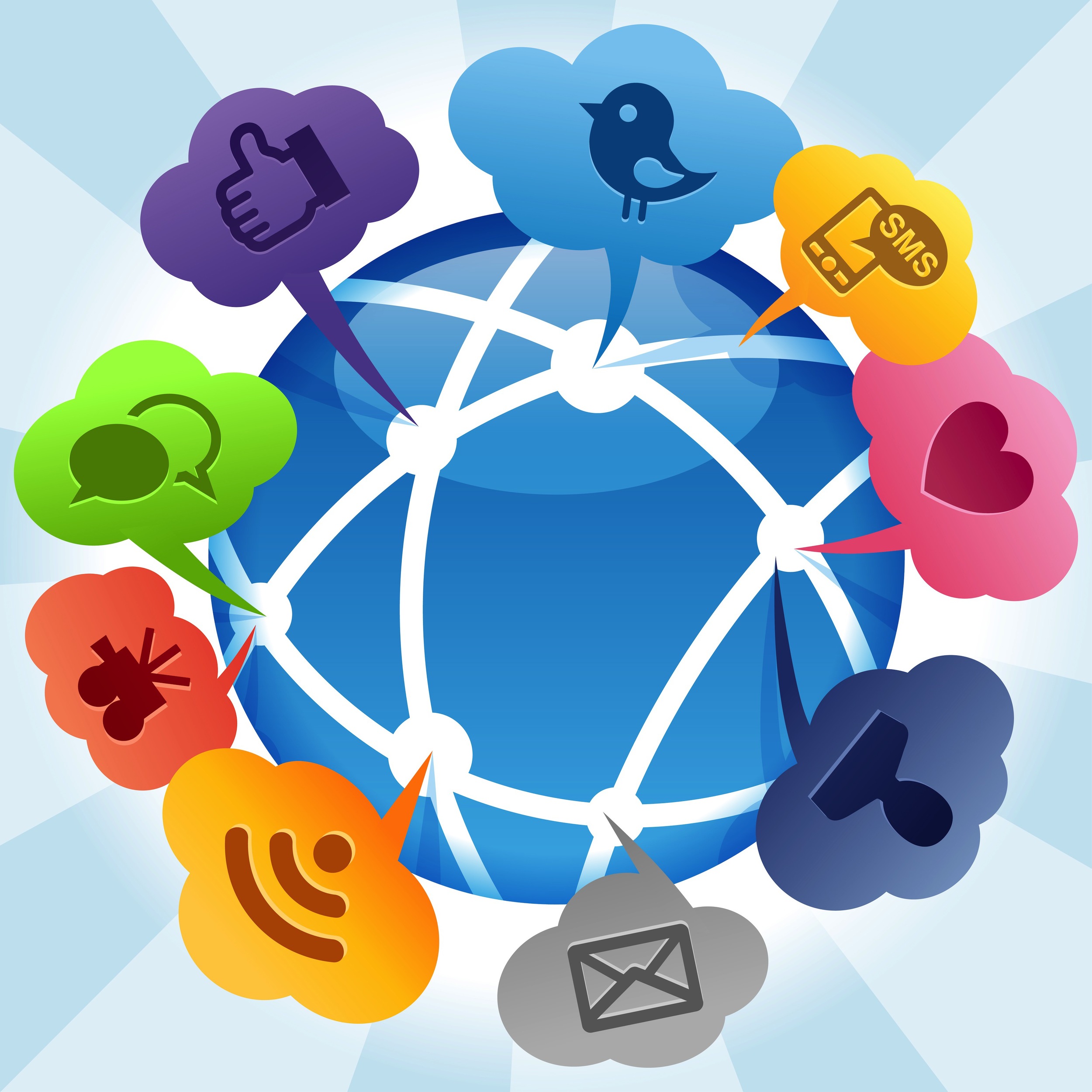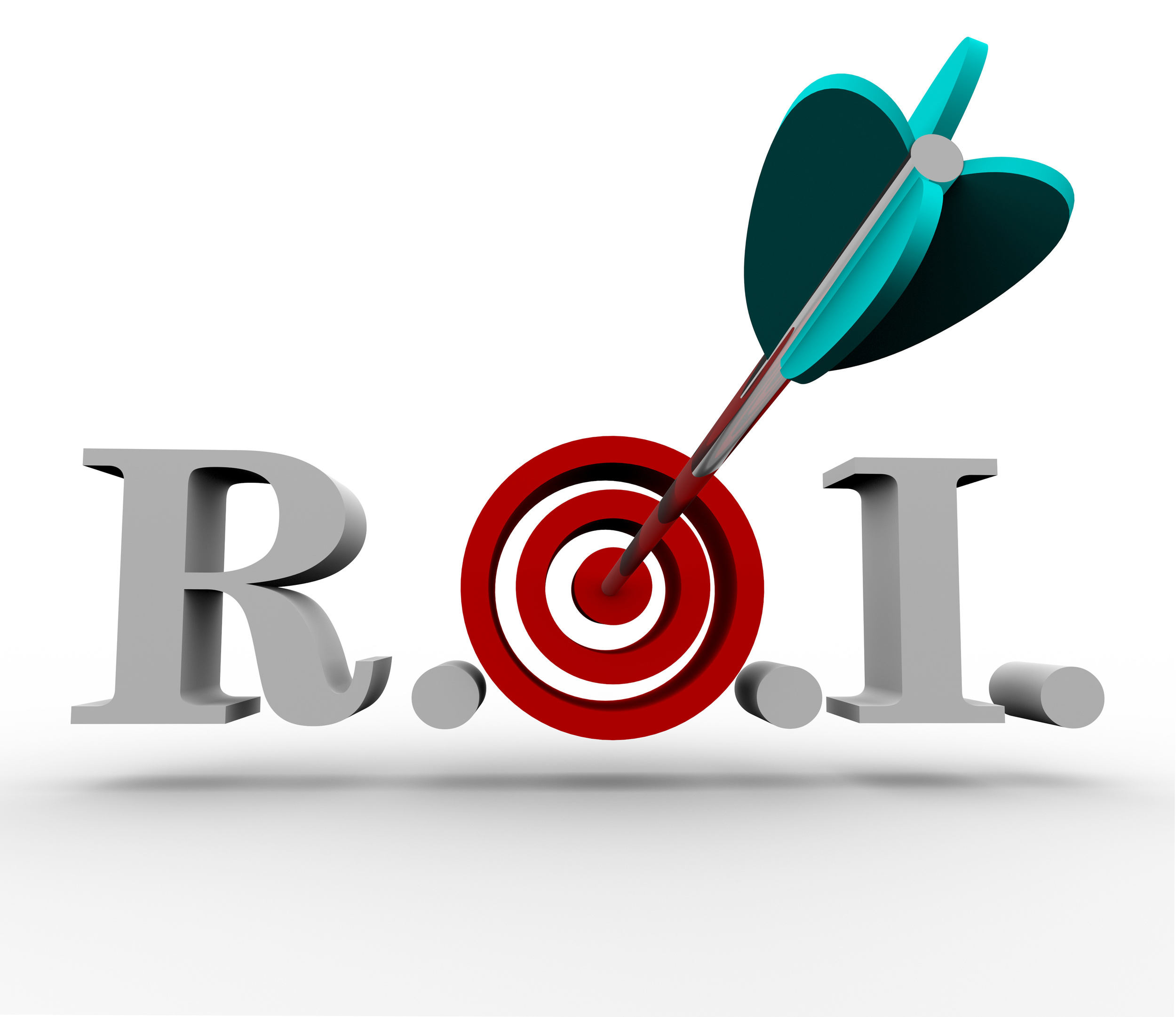With the explosive growth in Social Media, there's a massive need by brands, businesses and individuals to acquire your attention, likes, comments and shares.
Almost everyone is wanting to be noticed and apart from brands and celebrities there's really no chance of any of us as individuals in business or in employment acquiring millions of followers (fans).
The only thing we can possibly hope for is some thought leader influence for a small group of connections via a few social channels.
So how do we get noticed when there are literally billions of social media posts being shot into cyberspace every single day.
Share Your Story...
Since we were small children we’ve enjoyed stories. Whether they were the stories our parents told us, the films we watch, the books we read, the TV programmes we enjoy or even the adverts we absorb.
It makes sense therefore that we spend more time sharing our story.
Let me explain further.
We all have a tendency to over-promote what we do instead of thinking about how we can share our story with our audiences.
As we all love stories, it means our audiences will be more interested in reading or watching them. And because stories are more memorable, they will live longer in our audiences brains.
To prove the point, can you think, right now, about your favourite book, film, TV programme, advert and how many years back can you remember some of those? I am sure you were able to recall several. Maybe Lord of the Rings, Star Wars, Star Trek, Only Fools and Horses, Fawlty Towers, Cadbury Flake advert, The Meerkat Advert and many more I’m sure.
How do you create interesting stories?
In simplistic terms?
- Problem statement
- Infusion of ongoing pain if problem not resolved
- What could a possible solution be
- The solution you offer for the problem
- What life would be like without the problem
Where to share your stories?
- LinkedIn - on your summary, plus extra media
- YouTube - with video stories
- Twitter - with a #hashtag
- Pinterest and Instagram - with photos
- Google+ with all of the above
- Facebook - well if you have to.
Maybe you can use a specific #hashtag like #problemsolved or #problemsolver. Take your pick.
Share stories and get noticed. I still see too many adverts on social media. By all means do a few now and again, but keep it at a minimum. Instead share stories.
Feel free to add your own ‘client problem solved’ story in the comments. You never know who might read it!
Image Credit: @gapingvoid


